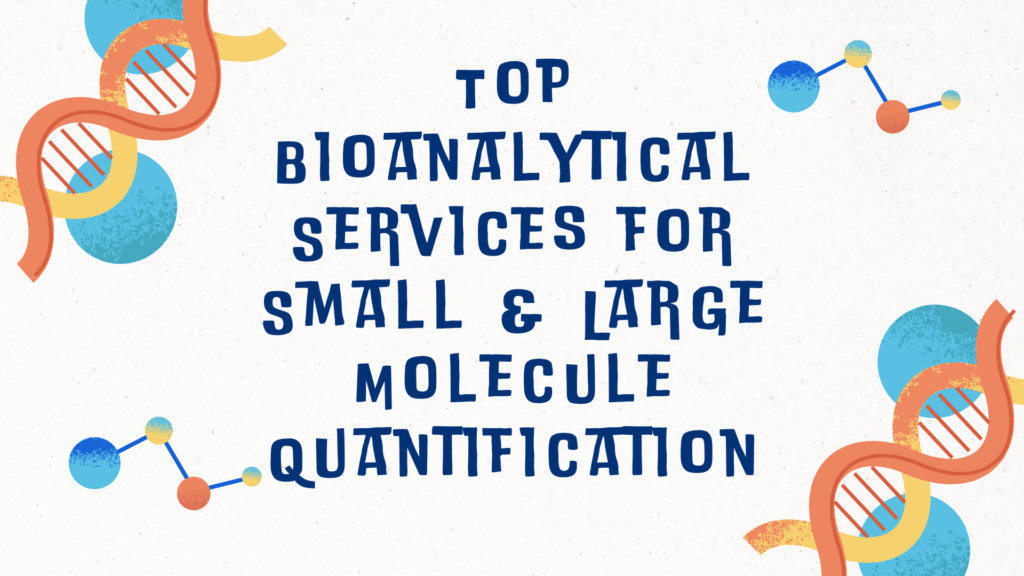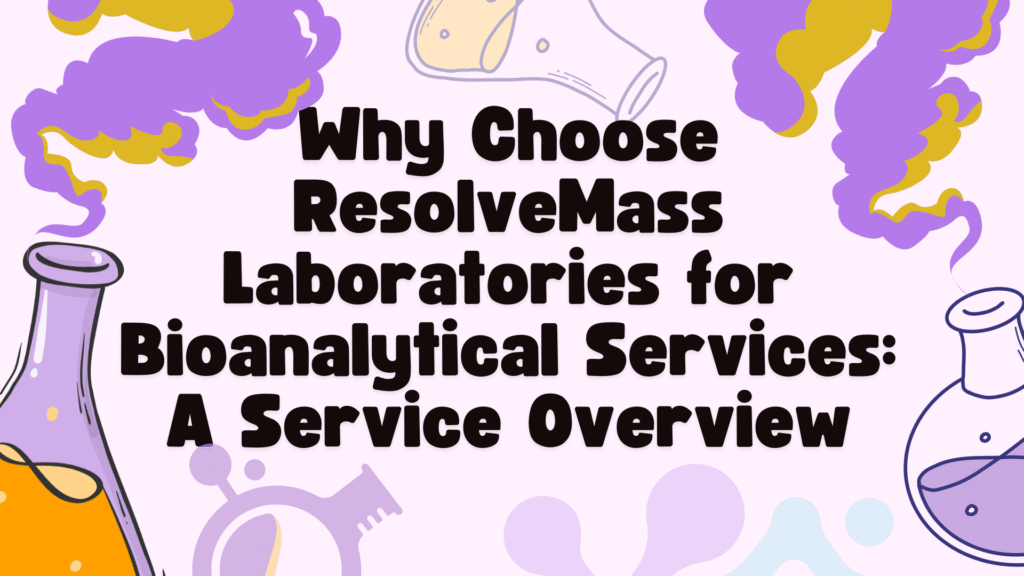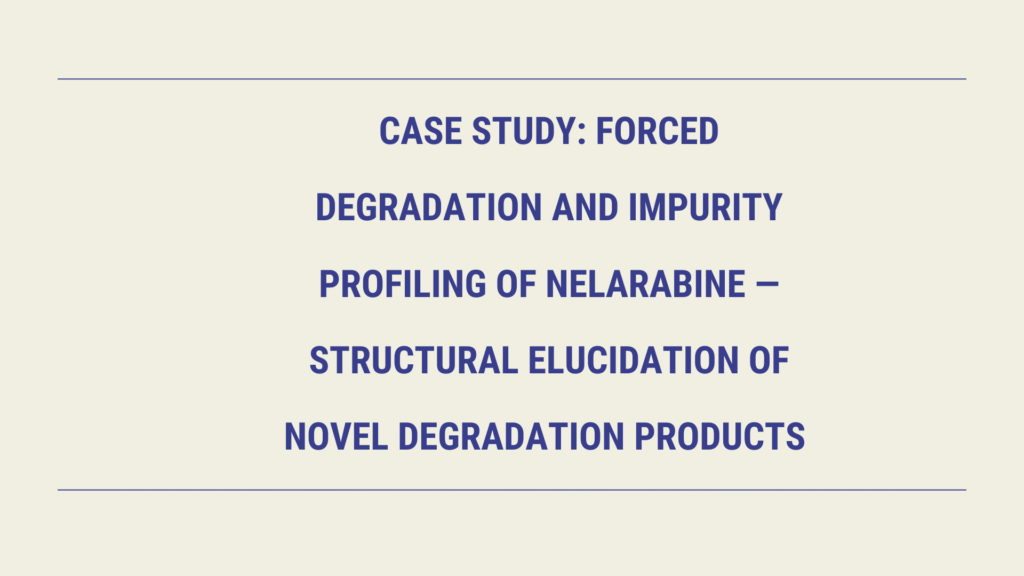
Polymers are the building blocks of modern materials, used in everything from plastics and coatings to pharmaceuticals and biotechnology. Understanding the molecular weight distribution of polymers is critical for optimizing their properties and performance. Gel Permeation Chromatography (GPC), also known as Size Exclusion Chromatography (SEC), is the gold standard for polymer characterization. This technique provides detailed insights into the molecular weight distribution, which is essential for quality control, research, and development.
In this comprehensive guide, we’ll explore the principles of GPC analysis, its applications in polymer science, and why it’s a vital tool for industries worldwide. Whether you’re a researcher, manufacturer, or industry professional, this blog will help you understand how GPC analysis can enhance your work with polymers.
What is GPC Analysis?
GPC analysis is a chromatographic technique used to separate and analyze polymers based on their molecular size in solution. The process involves passing a polymer sample through a column packed with porous beads. Larger molecules elute faster because they cannot enter the pores, while smaller molecules take longer as they travel through the pores.
Key Components of GPC Analysis
- Column: Contains porous beads of specific sizes to separate molecules.
- Mobile Phase: A solvent that carries the sample through the column.
- Detector: Measures the concentration of eluted molecules (e.g., refractive index, UV, or light scattering detectors).
- Data System: Analyzes and interprets the results to determine molecular weight distribution.
Why is GPC Analysis Important for Polymers?
Molecular weight distribution is a critical parameter that influences the physical, mechanical, and chemical properties of polymers. GPC analysis provides essential data for:
1. Quality Control
GPC ensures that polymers meet specific quality standards by verifying their molecular weight distribution. This is crucial for industries like plastics, coatings, and pharmaceuticals, where consistency is key.
2. Research and Development
GPC helps researchers develop new polymers with tailored properties by providing insights into molecular structure and behavior.
3. Process Optimization
GPC monitors polymerization processes, ensuring the desired molecular weight distribution is achieved.
4. Regulatory Compliance
Industries such as pharmaceuticals and food packaging must comply with strict regulations. GPC analysis ensures that polymers meet regulatory requirements.
Techniques Used in GPC Analysis of Polymers
GPC analysis involves several advanced techniques to achieve accurate and reliable results. Below are the key techniques used in polymer characterization:
1. Conventional GPC
Conventional GPC uses a single detector, typically a refractive index (RI) detector, to measure the concentration of eluted molecules. This technique is suitable for routine analysis of polymers.
2. Multi-Detector GPC
Multi-detector GPC combines multiple detectors, such as RI, UV, and light scattering detectors, to provide more comprehensive data. This technique is ideal for complex polymer samples and advanced research.
3. High-Temperature GPC
High-temperature GPC is used for analyzing polymers that require elevated temperatures to dissolve, such as polyethylene and polypropylene. This technique ensures accurate results for high-performance materials.
4. Aqueous GPC
Aqueous GPC uses water as the mobile phase and is specifically designed for analyzing water-soluble polymers, such as polysaccharides and proteins.
5. GPC-MALDI-TOF
GPC coupled with Matrix-Assisted Laser Desorption/Ionization Time-of-Flight (MALDI-TOF) mass spectrometry provides detailed information about the molecular weight and structure of polymers.
Applications of GPC Analysis in Polymer Science
GPC analysis has a wide range of applications across various industries. Below are some of the key applications:
1. Plastics and Polymers
- Polymer Synthesis: GPC monitors the polymerization process and ensures the desired molecular weight distribution.
- Quality Control: GPC verifies the consistency and performance of plastic materials.
2. Coatings and Adhesives
- Resin Analysis: GPC characterizes the molecular weight of resins used in coatings and adhesives.
- Performance Optimization: GPC helps optimize the properties of coatings and adhesives for specific applications.
3. Pharmaceuticals
- Polymer Excipients: GPC evaluates the molecular weight distribution of polymer excipients used in drug formulations.
- Drug Delivery Systems: GPC analyzes polymeric carriers used in controlled drug delivery systems.
4. Biotechnology
- Biopolymer Analysis: GPC evaluates the molecular weight and structure of biopolymers, such as polysaccharides and proteins.
- Protein Characterization: GPC analyzes the molecular weight and aggregation of proteins, ensuring drug safety and efficacy.
5. Environmental Science
- Polymer Degradation: GPC studies the degradation of polymers in environmental samples.
- Water Treatment: GPC analyzes flocculants and coagulants used in water treatment processes.
Advantages of GPC Analysis for Polymers
GPC analysis offers several advantages for polymer characterization:
- High Precision: Provides accurate molecular weight distribution data.
- Versatility: Suitable for a wide range of polymers and applications.
- Speed: Delivers results quickly, enabling efficient decision-making.
- Regulatory Compliance: Ensures polymers meet industry standards and regulations.
- Cost-Effectiveness: Helps optimize processes and reduce material waste.
Challenges in GPC Analysis
While GPC analysis is a powerful tool, it does come with some challenges:
- Sample Preparation: Polymers must be fully dissolved in the mobile phase, which can be challenging for some materials.
- Column Selection: Choosing the right column is critical for accurate separation.
- Data Interpretation: Advanced software and expertise are required to interpret complex data.
Why Choose ResolveMass Laboratories for GPC Analysis?
At ResolveMass Laboratories, we specialize in GPC analysis of polymers. Our state-of-the-art facilities and experienced team ensure accurate and reliable results. Here’s why clients choose us:
- Advanced Techniques: We use multi-detector GPC, high-temperature GPC, and GPC-MALDI-TOF for comprehensive analysis.
- Industry Expertise: Our team has extensive experience in polymer science and related industries.
- Regulatory Compliance: We adhere to ISO, FDA, and other regulatory standards.
- Customized Solutions: We tailor our services to meet your specific needs.
- Fast Turnaround: We deliver results quickly without compromising accuracy.
REFERENCES
- Izunobi JU, Higginbotham CL. Polymer molecular weight analysis by 1H NMR spectroscopy. Journal of Chemical Education. 2011 Aug 1;88(8):1098-104.
- Wiley. Characterization and analysis of polymers. John Wiley & Sons; 2008 Feb 8.
- Neira‐Velázquez MG, Rodríguez‐Hernández MT, Hernández‐Hernández E, Ruiz‐Martínez AR. Polymer molecular weight measurement. Handbook of polymer synthesis, characterization, and processing. 2013 Feb 25:355-66.
- Podzimek S. The use of GPC coupled with a multiangle laser light scattering photometer for the characterization of polymers. On the determination of molecular weight, size and branching. Journal of applied polymer science. 1994 Oct 3;54(1):91-103.
LET’S CONNECT
By leveraging the advanced techniques and expertise offered by ResolveMass Laboratories, businesses can ensure product quality, comply with regulations, and drive innovation. Whether you’re in plastics, pharmaceuticals, or biotechnology, GPC analysis provides the insights you need to succeed.Your trusted partner in polymer analysis. Let’s innovate together!
The Role of Extractables and Leachables (E&L) in Carcinogenicity Risk
Introduction Extractables and Leachables Carcinogenicity Testing plays a vital role in protecting patients who rely…
Case Study: Forced Degradation Study of Gimeracil — Discovery and Structure Elucidation of Novel Impurities
Introduction Forced degradation studies are a cornerstone of modern pharmaceutical development, enabling scientists to intentionally…
Affordable Bioanalytical Services for Start-Up Biotech: What to Expect
INTRODUCTION Affordable bioanalytical services for start-up biotech companies provide the essential analytical support needed to…
Top Bioanalytical Services for Small & Large Molecule Quantification
Introduction Bioanalytical services for small & large molecule quantification are essential for ensuring precision, sensitivity,…
Why Choose ResolveMass Laboratories for Bioanalytical Services: A Service Overview
INTRODUCTION The short answer is: clients choose ResolveMass because this ResolveMass Bioanalytical Services Overview demonstrates…
Case Study: Forced Degradation and Impurity Profiling of Nelarabine — Structural Elucidation of Novel Degradation Products
Introduction: The Critical Role of Forced Degradation in Defining Nelarabine Stability Forced degradation testing continues…







